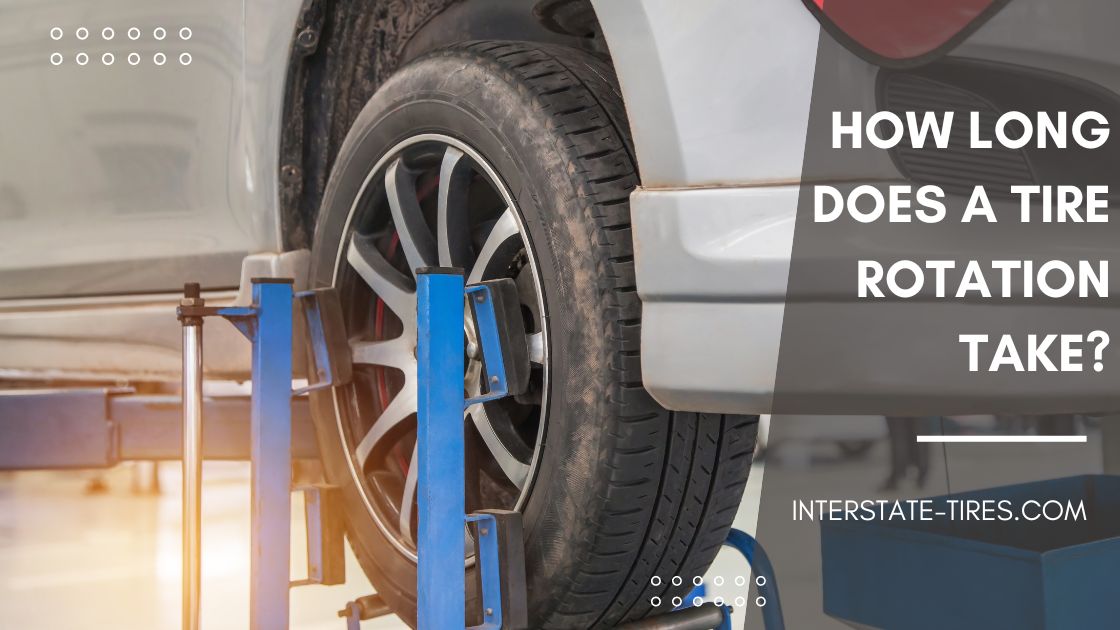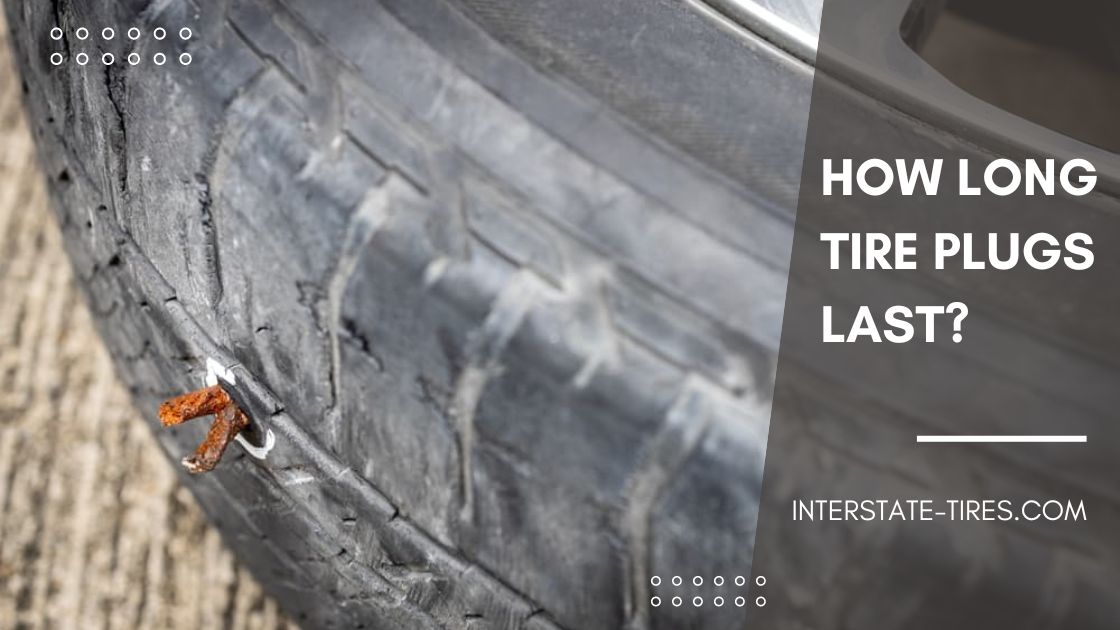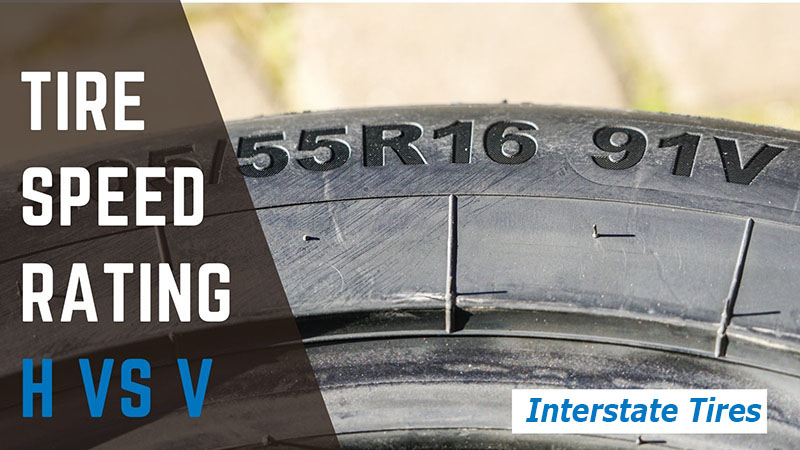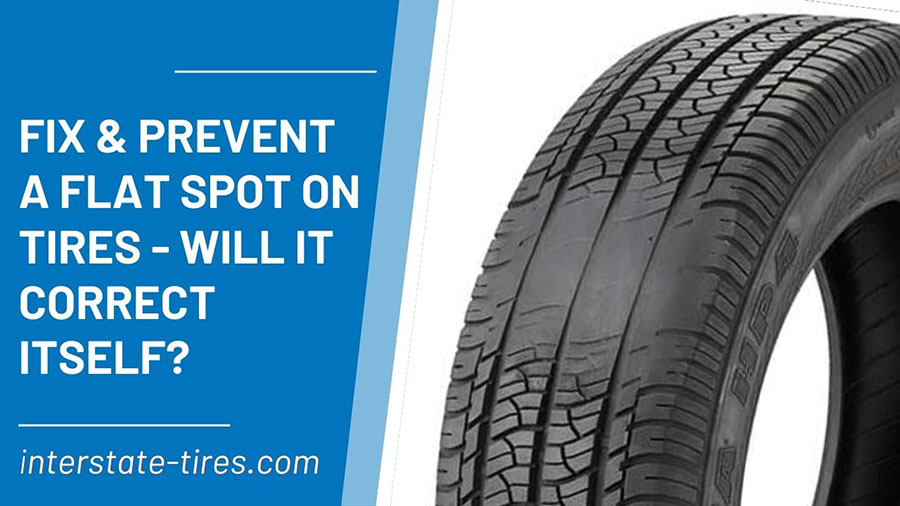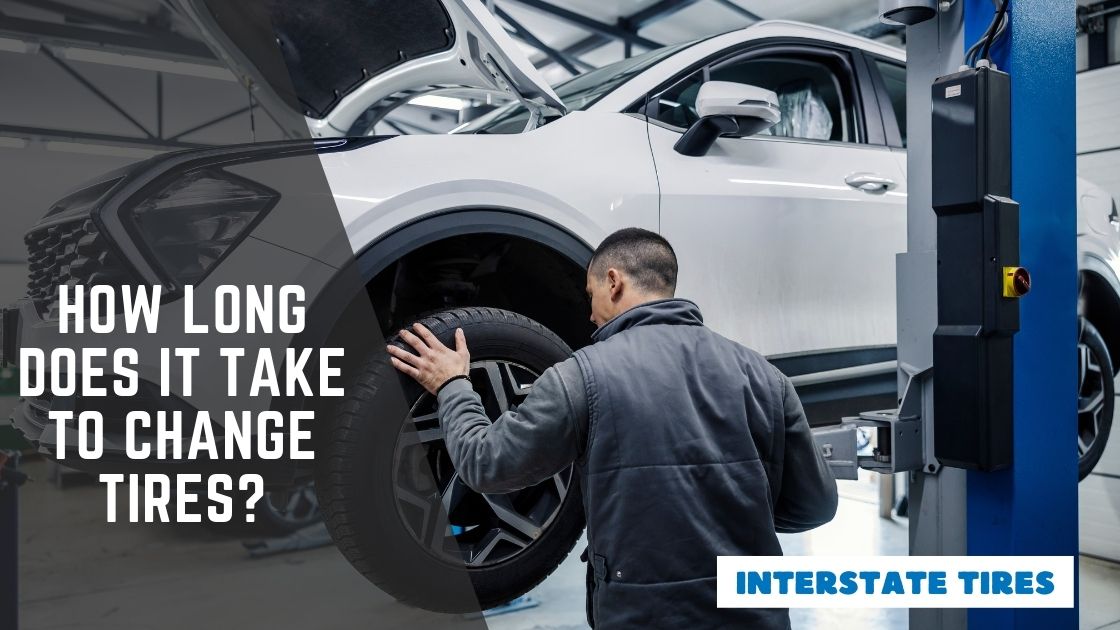Unless you want the tires to wear down at a startlingly quick speed, periodical tire rotation patterns are a must. Not only does the tire life extend longer, but the tread depths will also stay more consistent. You will never have to experience rough or bumpy trips regardless of road surfaces or terrains!
The question is: How long does an oil change, tire rotation, and balancing take? Our article will address those inquiries for you. Keep scrolling.
Table of Contents
How Long Does Tire Rotation & Balance Take?
In most cases, tire rotations at dealerships are quite fast – only from 30-45 minutes.
For front-wheel cars, technicians will move two front tires to the back. Those at the back also enjoy crisscross treatments by coming to the car’s front.
Likewise, in rear-wheel models, the rear wheels are changed to the vehicle’s front, whereas those initially at the front move to the far back.
Manufacturers have different opinions regarding the proper timing; still, most often advise customers to rotate the tire along with oil changes.
In short, every time you change the oil, service centers will also offer to perform wheel rotations for you in one go. Hence, our time estimation above has already counted the extra minutes required for oil alterations.
Benefits of Tire Rotations
Even Wearing
Tires will wear down eventually, no matter how well-maintained they are. Sure, you cannot prevent it from happening, but at least ensure the wear is even!
That proves trickier than we thought since the tires share different wear-down rates. In most cases, front tires deteriorate much faster than rear tires due to their more active engagement in complex tasks like braking, turning, and accelerating.
So what to do, then? A tire rotation process is the greatest solution. Changing the tire’s position spreads the tread wear evenly across all areas, giving your car a more balanced performance.
Improved Handling
Since the tread wear is uniform, your car will enjoy the great handling and full ability to control the system in emergencies. Accidents will forever be kept at bay!
Now you understand why regular rotations should be the norm for your car. Imagine losing control on slippery road surfaces; you will be extremely lucky if no accidents or crashes occur afterward.
No Tire Tread Cupping
Want to know something even worse than uneven tread? It’s the cupping issue. Tires with too much cupping will produce annoying bouncing motions. You will always feel nauseous in the car (and not to mention, such movements are very dangerous!).
And we haven’t even talked about all the loud noises that follow. In short, remember to rotate your tires often to sidestep those disasters!
Signals That Your Car Tires Need Rotations
How to know it’s time your beloved vehicles need some rotations? Check out the three following symptoms, which are both common and easy to spot with naked eyes:
Vibrations During Driving
A well-rotated vehicle should not give off violent vibrations no matter how fast you drive.
If you notice unusual shakings at 50 mph (or even higher), it clearly indicates that your tires are suffering from imbalanced and uneven wear. Have them rotated immediately at trusted mechanics!
Air Pressure Loss
Does one tire lose air much more quickly than the other three? Chances are you have put too much force/pressure on it. Ask a technician to inspect it properly and decide whether the tire needs puncture repairs, rotation, or other services.
Noticeable Wear
As we repeatedly stressed throughout this article, some tires (especially the front ones) wear much faster than the rest. Hence, do not forget to check on all four, comparing how the front and back tires break down.
In rarer cases, there are irregular patterns on just one single tire – where a side has more tread than the remaining one. Closer looks will reveal tiny horizontal bridges slotted into the tire’s grooves. The more your tire wears down, the more closely its horizontal bars are pushed against the treads.
FAQs
1. How Much Do Tire Rotation Services Cost?
You should expect $24 to $50. Higher-end cars will push that number to a whopping $120. Other additional services also contribute to the final price.
2. How Often Should You Have Your Car Tires Rotated?
To ensure smoother rides, a rule of thumb is to have them rotated every 5000 to 7000 miles. Still, if the flat tires suffer from our listed symptoms and defects, you might have to do so a lot earlier.
See more: How Long Does It Take to Change Tires
3. Can You Rotate Tires Yourself?
Yes, provided your skills are not half-bad. Otherwise, you might mess up the car’s rims and have to pay even more to fix all those damages.
Conclusion
We hope our guidelines have given you a clear overview. Other relevant issues (costs, frequencies, benefits, etc.) are also covered. If they still confuse you, feel free to write to us for more help.

